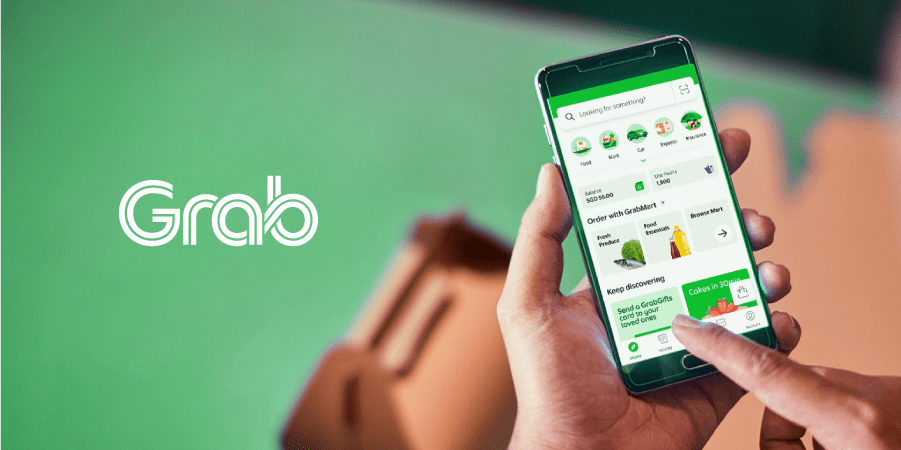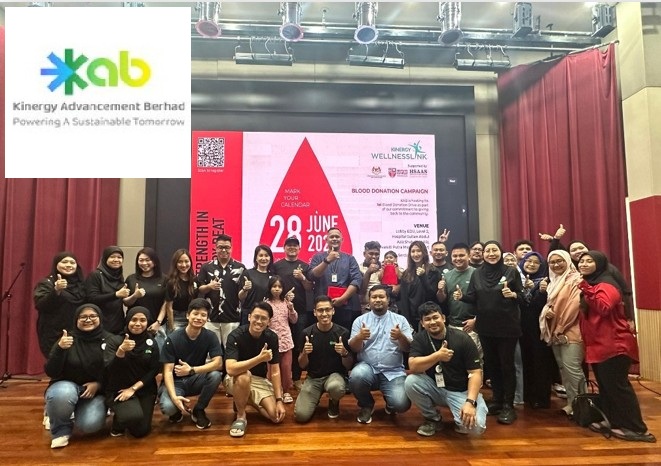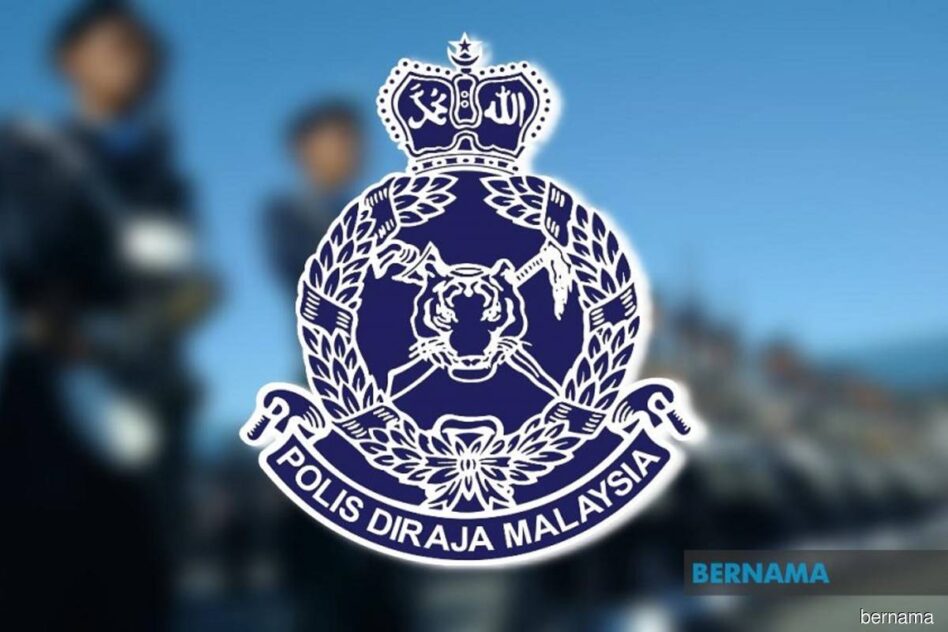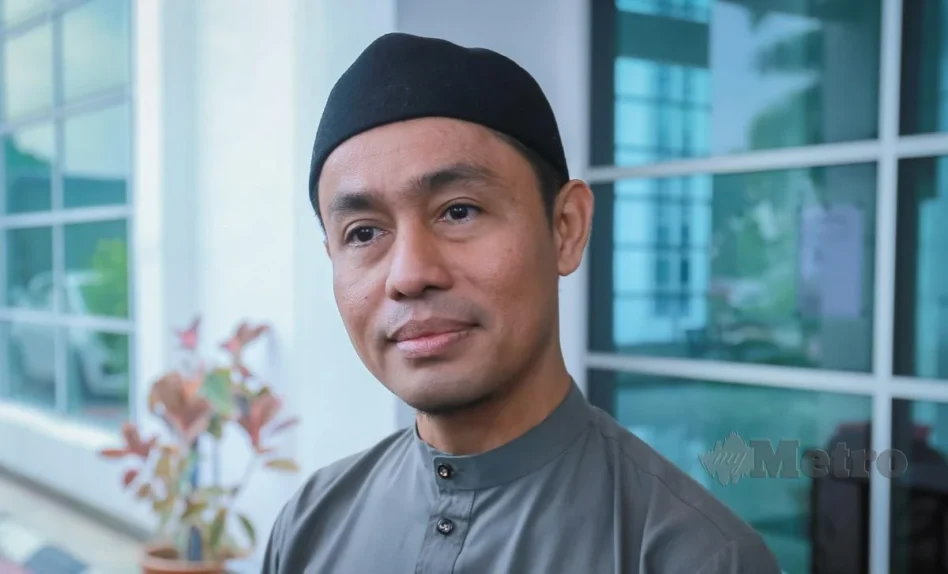By YS Chan
ON April 13, Grab Holdings Inc. (Grab) announced it intends to go public in the United States in partnership with Altimeter Growth Corp (AGC) in what is expected to be the largest-ever US equity offering by a Southeast Asian company.
But instead of going for the traditional initial public offering (IPO). Grab has chosen to partner with a special purpose acquisition company (SPAC) to bring the new entity to the public market. In a SPAC deal, a publicly listed shell company created by investors acquires a target company.
In this case, the blank-cheque company is AGC and will combine with Grab to be traded on NASDAQ under the ticker “GRAB” in the coming months. Upon listing, the expected total equity value will be US$39.6 bil (RM160 bil).
Much has been written about Grab and many more will be published over the next few months, and they are bound to vary according to perception and perspective. But what I am sharing here will be unlike all others, as they are based on my own experience and ringside view.
From 2000 to 2010, I drove premier and budget taxis for a decade. From 2010 onwards, I have probably written more published letters on taxis and e-hailing than all others combined. They easily number a few hundred out of the more than 2,200 publications I have written so far.
Unlike other taxi drivers, I recorded every trip I made including the time, destination, number of passengers, fares, tips, fuel (petrol/NGV), waiting time to refuel, maintenance and repair costs. I could easily work out the exact fuel consumption and maintenance costs per kilometre.
This was because I have served as general manager when setting up five new businesses prior to driving metered cabs. While driving taxis, I also set up a new car rental business for a former boss and a golf tour company for a former staff. In between, I was running a tourism school.
In 2011, I was invited to give a briefing on the local taxi services and industry at the Kuala Lumpur head office of Tan Chong Motor Holdings Berhad at Jalan Ipoh, which has been renamed Jalan Sultan Azlan Shah. Later, I was recalled to give my opinion and clarify matters.
The audience was a multinational group from the Harvard Business School MBA class of 2011. They were gathered there to work on a project which would later emerge as business track runner-up in a new venture competition by Harvard Business School in the US for that year.
The group was led by none other than Anthony Tan. One of his Harvard Business School classmates was Nadiem Makarim, who later founded Gojek and is now Indonesia’s education minister. Together with Tokopedia, Gojek is aiming for a US$18 bil merger anytime soon.
Anthony is the son of Datuk Tan Heng Chew, president of Tan Chong Motor Holdings Berhad and grandson of the late Tan Sri Tan Yuet Foh, who co-founded Tan Chong & Sons Motor Company Limited in 1957 together with his brother, the late Tan Sri Tan Kim Hor.
I met the two bothers innumerable times until the former passed away in 1985 and the latter in 2016. From 1969 to 1971, I worked in Tan Chong workshop, and from 1973 to 1992 in Mayflower Acme, a wholly owned subsidiary, and often attended meetings at the head office.
In 1969, I saved on room rental and bus fares by staying overnight in the workshop sleeping on a foldable canvas bed without fan, mosquito coil or net. When the workshop was relocated to Segambut in 1970, I slept in one of the office floors inside the Tan Chong shophouse building.
But what struck me most about Anthony was his genuine desire to provide safe transport for taxi passengers, especially for women at night. He even went to the extent of wanting to set up a company to provide affordable chauffeur-driven services.
Incidentally, Acme was the local pioneer for car rental in 1963, tour buses in 1965 and limousine taxis in 1967, before it was merged with Mayflower in 1972. When I joined in 1973, Mayflower Acme Tours was using many full-sized American cars as limousine taxis.
But from the 1980s onwards and with the mushrooming of large hotels, almost all limousine taxis were based at bigger hotels serving business travellers and upmarket tourists, with the Mercedes saloon being the de rigueur model for pampered hotel guests.
Although other models were used as limousines later, their rates remain unaffordable for locals. But hailing a taxi at night especially for ladies may not be a safe option. So, Anthony made use of cheaper rental cars from Mayflower Acme and started a company named Chauffeur Safe.
I advised that such a business is not viable in the local market, but he was more concerned with safety and wanted to do his utmost to contribute to society and went ahead with the service. Later, the manager for Chauffeur Safe came looking for me and I reiterated the same advice.
The failure of cheaper chauffeur-driven service resulted in negligible financial losses as no vehicles were purchased and overheads were minimal. But unlike random act of kindness, it was a planned noble mission by Anthony and the guardian angels must have been watching.
During the briefing, Anthony told me he was partnering with Maxis, a leading telco, to develop a mobile app for hailing taxis. At that time, there were hardly any taxi app but about 20 radio taxi companies competing with one another and each running around like a headless chicken.
If they had pooled all their resources and operations and used one hotline number for the public to call, with all requests processed efficiently by a computerised reservations system, radio taxi service would have been super-efficient and won the hearts of frustrated taxi passengers.
For those who could still remember, radio taxis were almost impossible to get when they were needed most, such as during rush hours and made worst by rain. Some desperate passengers resorted to bribery by offering to pay cabbies an extra amount on top of the metered fare.
The scenario changed when Anthony launched MyTeksi, a taxi hailing app, on June 5, 2012 and worked extremely hard to convince traditional taxi drivers to sign up. Eight months later, Unicablink was launched by Sunlight, the leading taxi company, to compete with MyTeksi.
But Unicablink, a GPS system installed in the taxi and drivers need to pay a monthly fee, was no match for MyTeksi. For over two years, Anthony was happy to see the solid progress of MyTeksi, as the taxi app continued to gain popularity among taxi drivers and passengers.
In January 2014, Uber Black started its limousine service in Kuala Lumpur. To counter this, MyTeksi added GrabCar to its app in May, so that customers could opt for premier service. The addition of luxury vehicles other than standard taxis was well received in the market.
But on August 7, 2014, UberX entered the Malaysian market and stole the thunder from MyTeksi by offering cutthroat rates with RM1.50 as starting fare, RM12 per hour and 55 sen per km, when regulated fares for budget taxis were RM3, RM17.14 and 87 sen respectively.
Taxi passengers began switching in droves to much cheaper private cars and Anthony could see what he has built started to crumble in front of his very eyes. He was forced to take Uber by the horns and added private cars to its app and gave its fierce competitor a run for the money.
On Jan 28, 2016, MyTeksi was rebranded into Grab, having expanded to other services such as GrabTaxi, GrabCar, GrabBike, GrabHitch and GrabExpress. Apart from offering a variety of rides and delivering food, groceries and parcels, it is also facilitating cashless payments and insurance covers.
On March 26, 2018, Grab announced that it will acquire all of Uber’s Southeast Asia assets, confirming rumours that have been floating around the highly competitive ride-hailing market.
And the rest is history. – April 21, 2021
YS Chan is Asean Tourism Master Trainer for travel agencies, master trainer for Travel & Tours Enhancement Course and Mesra Malaysia. He is also a tourism and transport industry consultant and writer.
The views expressed are solely of the author and do not necessarily reflect those of Focus Malaysia.









